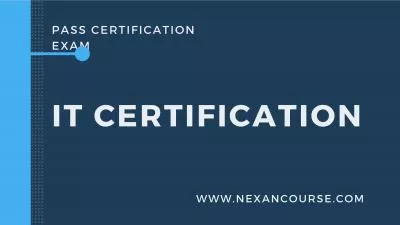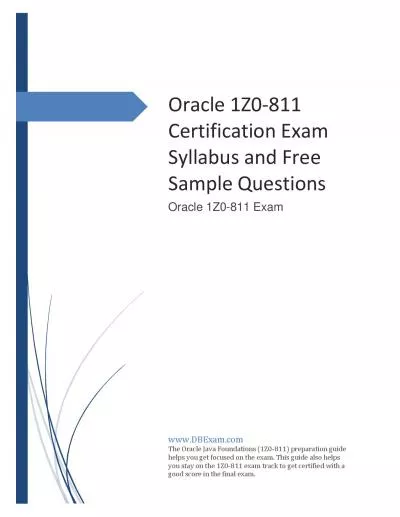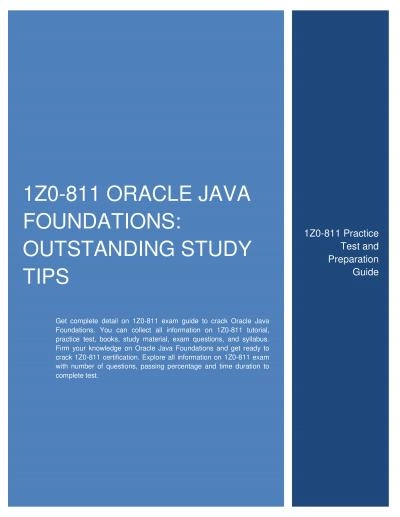PPT-1 Introduction to Computers, Programs, and Java
Author : numeroenergy | Published Date : 2020-10-22
CS1 Java Programming Colorado State University Original slides by Daniel Liang Modified slides by Kris Brown Ben Say Wim Bohm Welcome a first Java program This
Presentation Embed Code
Download Presentation
Download Presentation The PPT/PDF document "1 Introduction to Computers, Programs, a..." is the property of its rightful owner. Permission is granted to download and print the materials on this website for personal, non-commercial use only, and to display it on your personal computer provided you do not modify the materials and that you retain all copyright notices contained in the materials. By downloading content from our website, you accept the terms of this agreement.
1 Introduction to Computers, Programs, and Java: Transcript
Download Rules Of Document
"1 Introduction to Computers, Programs, and Java"The content belongs to its owner. You may download and print it for personal use, without modification, and keep all copyright notices. By downloading, you agree to these terms.
Related Documents

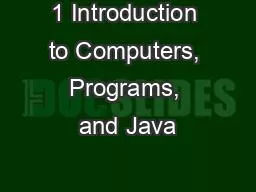
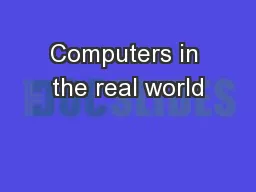
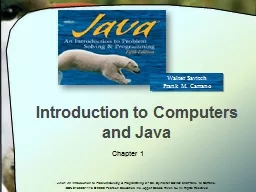
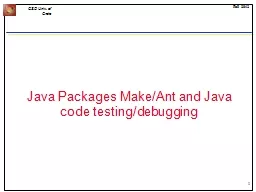
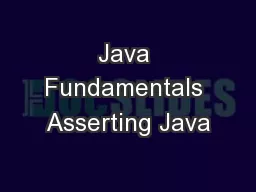
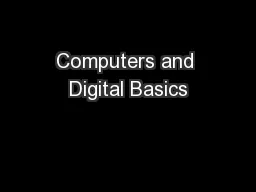
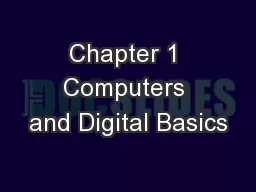
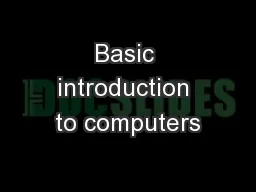
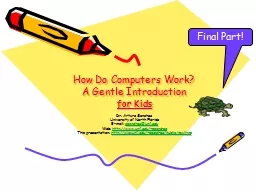
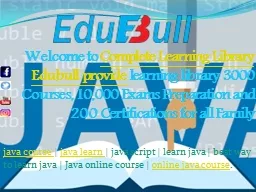
![[READING BOOK]-Java: Java For Beginners Guide To Learn Java And Java Programming (Java](https://thumbs.docslides.com/973988/reading-book-java-java-for-beginners-guide-to-learn-java-and-java-programming-java-programming-books.jpg)
